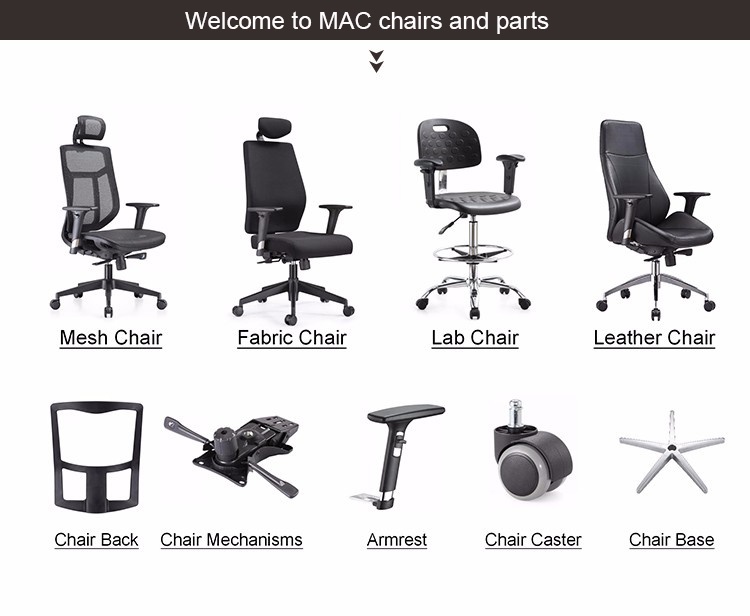Introduction:
Office chairs are essential tools for productivity and comfort in the workplace. However, over time, the hydraulic mechanism that allows for height adjustment may encounter issues such as leaks or loss of pressure, causing the chair to sink or become unstable. In this article, we will explore the steps involved in repairing the hydraulic system of an office chair, ensuring its proper functioning and prolonging its lifespan.
- Understanding the Hydraulic System:
- Hydraulic System Overview:
- Explanation of the hydraulic system's role in office chairs.
- Components involved, including the gas cylinder, piston, and release valve.
- Common Problems with Hydraulic Systems:
- Chair sinking or failing to stay at the desired height.
- Leaking gas or oil.
- Difficulty adjusting the chair's height.
- Tools and Materials Needed:
- Tools:
- Adjustable wrench.
- Screwdrivers (Phillips and flat-head).
- Rubber mallet.
- Pliers.
- Pipe tape.
- Materials:
- Replacement hydraulic cylinder.
- Lubricating oil.
- Cleaning cloth.
III. Step-by-Step Repair Process:
- Assessing the Problem:
- Identifying the specific issue with the chair's hydraulic system.
- Examining for leaks, damaged components, or signs of wear and tear.
- Removing the Hydraulic Cylinder:
- Safely disassembling the chair.
- Detaching the base from the seat.
- Replacing the Hydraulic Cylinder:
- Removing the old cylinder from the chair's mechanism.
- Installing the new cylinder, ensuring a secure fit.
- Lubricating the cylinder to enhance smooth operation.
- Testing and Adjustment:
- Reassembling the chair.
- Testing the hydraulic system for leaks and proper functionality.
- Adjusting the height settings and ensuring stability.
- Maintenance and Preventive Measures:
- Regular Cleaning and Lubrication:
Wiping down the chair and hydraulic components to remove dust and debris.
Applying lubricating oil to keep moving parts functioning smoothly.
- Weight Limit Considerations:
Adhering to the manufacturer's weight limit recommendations.
Preventing excessive strain on the hydraulic system and other chair components.
- Proper Usage and Handling:
Avoiding sudden or excessive movements that may damage the hydraulic system.
Handling the chair with care to prevent accidental damage.
Conclusion:
By following the steps outlined in this guide, repairing the hydraulic system of an office chair becomes an achievable task. Regular maintenance and adherence to weight limits will contribute to the longevity of the chair's hydraulic mechanism, ensuring optimal comfort and functionality for an extended period. Remember to consult the chair's manufacturer or seek professional assistance if the problem persists or if you're uncertain about performing the repairs yourself.


No comments yet